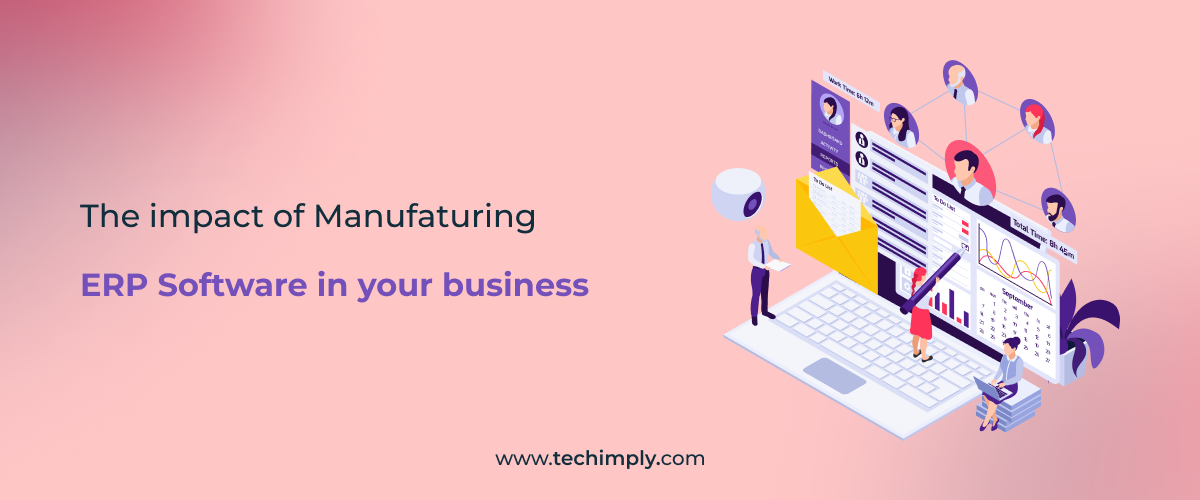Effectiveness has always been one of the most important problems for both individual workers and big companies. People always search for various methods that help improve organizational processes, increase productivity, and minimize errors. Effectiveness allows one to set priorities correctly, avoid resource duplication, and reduce the time needed for a single task. Everything listed sounds great, but is there really a chance to achieve that? It is, but to do this, you should have a clear understanding of practices and the purpose of their implementation. Keep reading because we will talk about the best solutions to optimize your workflow.
Business Process Reengineering
Imagine a strategy that completely overhauls your workflow, replacing all previous practices with new ones. It might sound drastic, even risky, as it seems to discard all your last experience. But that's not the case. This strategy involves implementing new tactics that address the shortcomings of your old workflow, making it more effective and efficient.
-
Lean
This strategy is based on eliminating unneeded processes and practices. For example, you eliminate formal operations to reduce paperwork. You can also eliminate unnecessary meetings (for example, those when you say the same theses all the time).
Define Key Performance Indicators
Key Performance Indicators (KPIs) are set to help you measure the success of your workflow optimization changes. Set fundamental indicators directly connected with the working process. If you are wondering what indicators could that be, we will give you some hints:
- Task completion time: The average time you need to complete the task. For example, if you need three hours to complete the task, and after the optimization this time is reduced to one hour, it's a solid improvement of this key performance indicator.
- Error rate: Metrics that calculate the percentage of tasks that contain mistakes or require rework. There's no essay writing service to help you, so you should be very attentive.
- Customer satisfaction score: CSAT measures the level of satisfaction clients have with your products or services. For example, if the previous level was 65% but then improved to 85%, it means the implemented changes gave you a positive outcome.
- Six Sigma: This method involves finding and removing the root causes of shortcomings. Experts who are responsible for the Six Sigma method base their work on empirical and statistical quality management methods to determine which operations should be removed.
- Total Quality Management: Such a method requires refining processes continually to eliminate inefficient actions and get rid of errors. This tool for workflow optimization originally came from manufacturing but is completely flexible to be used in every area of business.
Preparing for Workflow Optimization: Review Your Goals
Before actually starting a reboot, you need to understand why you need it. How will the workflow change if you replace core components? When you have clear goals for the near future, it's much easier to understand what you really need.
-
Make a Thorough Review of the Existing Workflow
Which part of your workflow is the most problematic? What can you do to fix it? What steps should be taken to eliminate errors? After reviewing the existing system, answers to these questions will come. When performing a review, communicate with your team members and ask for honest feedback. If it appears that something is disturbing all the team members from being effective, it's a serious problem, and you need to deal with it as soon as possible. Take notes and set priorities for the changes. You may not be able to fix everything quickly, but you can decide what should be done first and then move on.
-
Use a Workflow Software
Workflow software is often underestimated without a reason. When you integrate third-party software into your workflow, it becomes much easier to manage tasks, identify and remove unnecessary data, and perform other operations. There are dozens of options on the market, so take your time and review the existing offers.
Implement Automation Everywhere Where It's Possible
In addition to the previous paragraph about workflow automation software, we recommend automating operations everywhere. This will save time and resources and protect your team or the whole company from numerous human errors. Here are some key advantages to automating your workflow:
- Boosted efficiency: When you automate the process, it's generally faster than the manual operation. Changing tasks, selecting paths, and other operations take less time.
- Fewer errors: When you set an algorithm and make the whole system work according to it, the chances of making mistakes are very low.
- Saving resources: Automation reduces your team members' workload, boosting their efficiency or allowing them to switch to higher-priority tasks.
You don't replace your team members by using automation, but you offer complex solutions to the problems that prevent your company from a better performance. Why not use a chance to maximize your impact, increase income, and cover more significant amounts of work?
Theory of Constraints and Five Focusing Steps
Now, let's get to the practical part and review one of the most efficient workflow optimization techniques. It's called the Theory of Constraints and Five Focusing Steps, and it is suitable for small companies and manufacturing firms.
- The first step - identification: You spot specific points that prevent you from achieving your goals. For example, you generate 20 copies per day but your goal is 80. You identify issues that slow the process and prevent workers from covering the plan.
- The second step is experimentation: Modulate cases involving only existing resources to determine how to boost efficiency. Once you define the pitfalls, you can be more effective with the same resources.
- The third step is to organize the process: Since you want to become more effective, you need to manage tasks for each department so that they work 24/7 (night shifts should be in your plan, too).
- The fourth step is elevation: After the initial changes, you need to elevate your performance to see how it's going. If nothing changes, you should reorganize the workflow by implementing completely different methods.
- The final step - improvement: You don't need to stop at one tactic. Always analyze your performance to see the gaps and eliminate issues before they cause problems.
-
Reduce Multitasking
Productivity increases when workers focus on a single task and work on it until it's done. With a step-by-step approach, it's much easier to cover projects and move between existing tasks. At the same time, working via multitasking will only slow you down. Individuals will need to keep the balance between two or three equal tasks, literally separating their work time, which is not effective at all.
-
Create a Workflow Template
When you visualize your current objectives, you have a better understanding of what to do, and how all the steps are connected, and offers you a clear sequence of points to take. There's nothing hard in building such a template. You can use Microsoft Excel or other application that has the same options. Remember that you are doing this for yourself, so you don't need to make it extra special, bright, or colorful. Make it simple and informative because you will need it for all the time you work with your workflow.
-
Make Your Workflow Simple
When you change your workflow, you don't need to make it complicated. Since you prioritize efficiency and speed, you need a result-oriented workflow. The less complex features you'll have, the better. If you work with software, reduce the amount of data you use in it. Your co-workers will thank you for this step later.
Also, remember that a simple workflow is easier to review. The changes you make now won't be the last for your company or business because later, you will definitely explore something more efficient. Focus on the result and keep it simple.
-
Avoid Manual Data Entry
Every time you enter the data manually, you spend a lot of time and effort doing basically the same things. Moreover, the factor of human error should not be excluded. The time spent on such processes could be used for something more important, and you can make this happen by removing the manual operations. Since you can't remove all the data, you can leave only the necessary parts. Manage your workflow so the critical data will come directly from the original channels, so you won't make a mistake when removing it yourself.
Keep Improving and Look for Better Practices
The progress never stops. Even when you think you are at the peak and there is no way to get better, it's not true. It doesn't happen fast, but the fact that you will be able to improve more is inevitable. Monitor and analyze the existing practices, analyze your mistakes, and do everything you can to make your company work better.
Review the previous changes. Maybe some practices can be improved or changed. If so, consider making small changes and saving the existing practices. Also, note everything you do during every workflow optimization. It will help you in the future because you will see what was already used and what else can be used.


.png)



